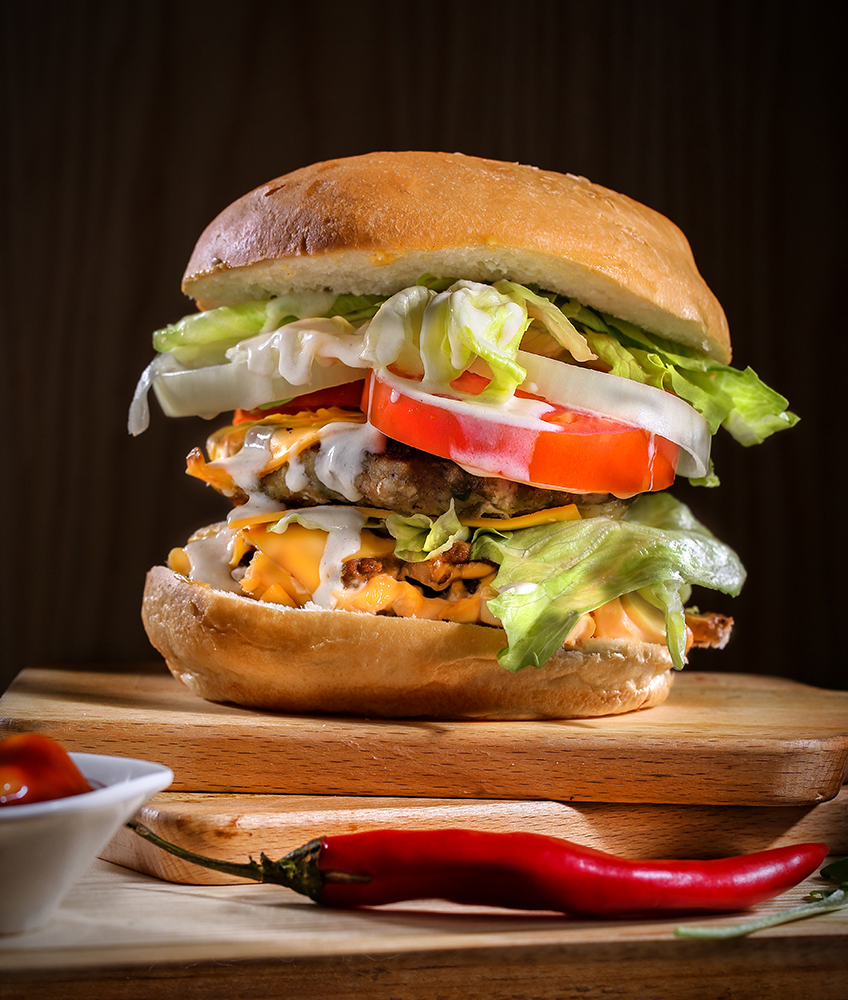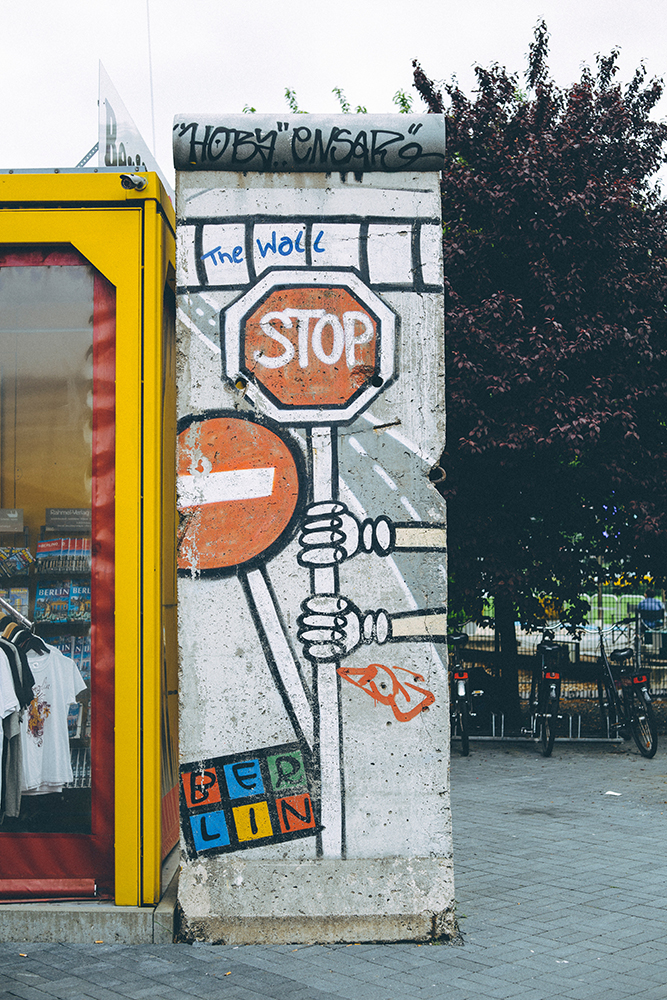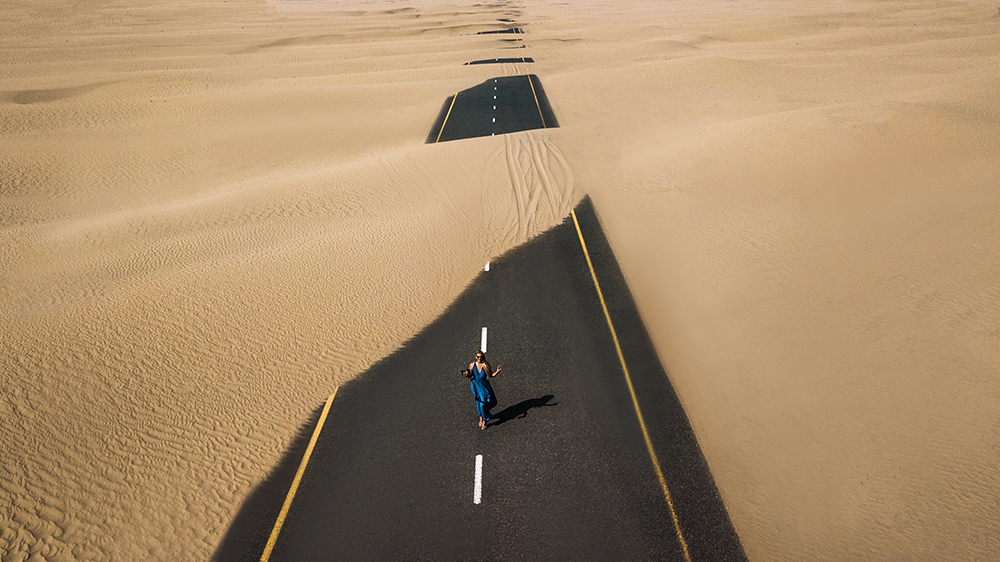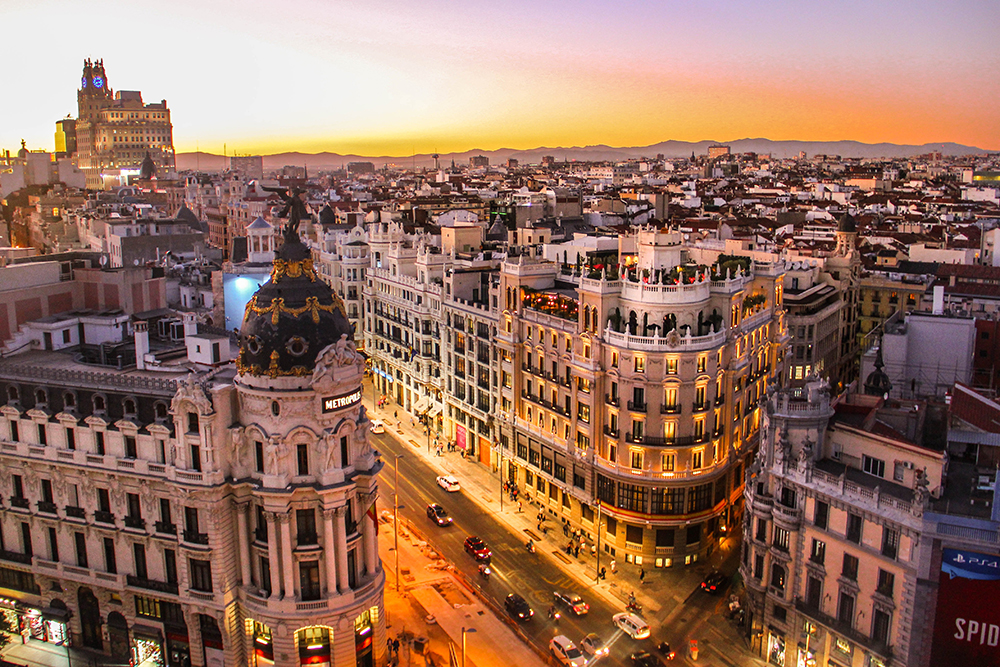
Kilometres of North Canterbury beaches have been transformed by piles of debris but the process caused by flooding is a natural one that has positive effects for some native species.
Areas like Kairaki Beach at the Waimakariri River mouth near Kaiapoi have become carpeted in driftwood and other waste since last weeks ‘Code Red’ storm.
At the storms peak, more than 300 millimetres of rain fell in two days in the Canterbury high country, flooding rivers, triggering a state of emergency, forcing hundreds of evacuations, and closing roads and bridges.
It resulted in a substantial amount of debris washing up on beaches and flowing into the sea.
READ MORE:* Canterbury floods: What you need to know* More than 300 old dumps at risk of coastal erosion and flooding* The mystery of Tekapo’s disappearing lupins: Who killed the social media star?
It was an important and natural process though for Canterbury’s network of braided rivers to discharge built-up debris, Thaitara Coastal Park general manager Greg Byrnes said.
The only difference nowadays is because of the river infrastructure control, like flood banks, it is all channelled out in one place.
Rivers choked with lupin were cleared, providing increased habitat for some native and endangered birds such as wrybills and dotterels.
Plastic waste, tennis balls, cans and various other waste is found among the washed-up driftwood.
Byrnes said he hoped the cleaned shingle where the birds bred would attract more birds in the next breeding season.
Te Khaka o Thaitara Trust planned to set up more predator traps along the braided rivers now they had been cleared of lupin.
Environment Canterbury told One News it was checking on shellfish along the beach, as some habitats were destroyed in the floods, while others were opened up.
Greg Byrnes says local residents are helping to clean the plastic waste out of the driftwood to prevent it going into the ocean.
While it was positive that the braided rivers had been cleared, Byrnes said tens of thousands, if not millions of items of plastic waste had also washed up on the beach.
Bigger objects would eventually end up in the middle of the Pacific Ocean, while smaller waste would enter the oceans food chain, he said.
It would take a few months for the debris to clear but it was important to clear up as much of the rubbish as possible something he had already seen some local residents doing, he said.
Any of that material that can be picked up before it gets washed out to the sea, will be a good thing.

 Subscribe to The Daily Telegraph to get unrestricted digital access, home paper delivery, Apps for iPad and Android, member only +Rewards and much more…
Subscribe to The Daily Telegraph to get unrestricted digital access, home paper delivery, Apps for iPad and Android, member only +Rewards and much more…  Do you compost or buy second hand?
Do you compost or buy second hand?  The Newsreader review: Exhilirating Australian prestige drama
The Newsreader review: Exhilirating Australian prestige drama  Local shares fell on Friday as investors make last-minute adjustments to their portfolios ahead of the main index’s rebalancing, while unease over rising infections grows.
Local shares fell on Friday as investors make last-minute adjustments to their portfolios ahead of the main index’s rebalancing, while unease over rising infections grows. 


